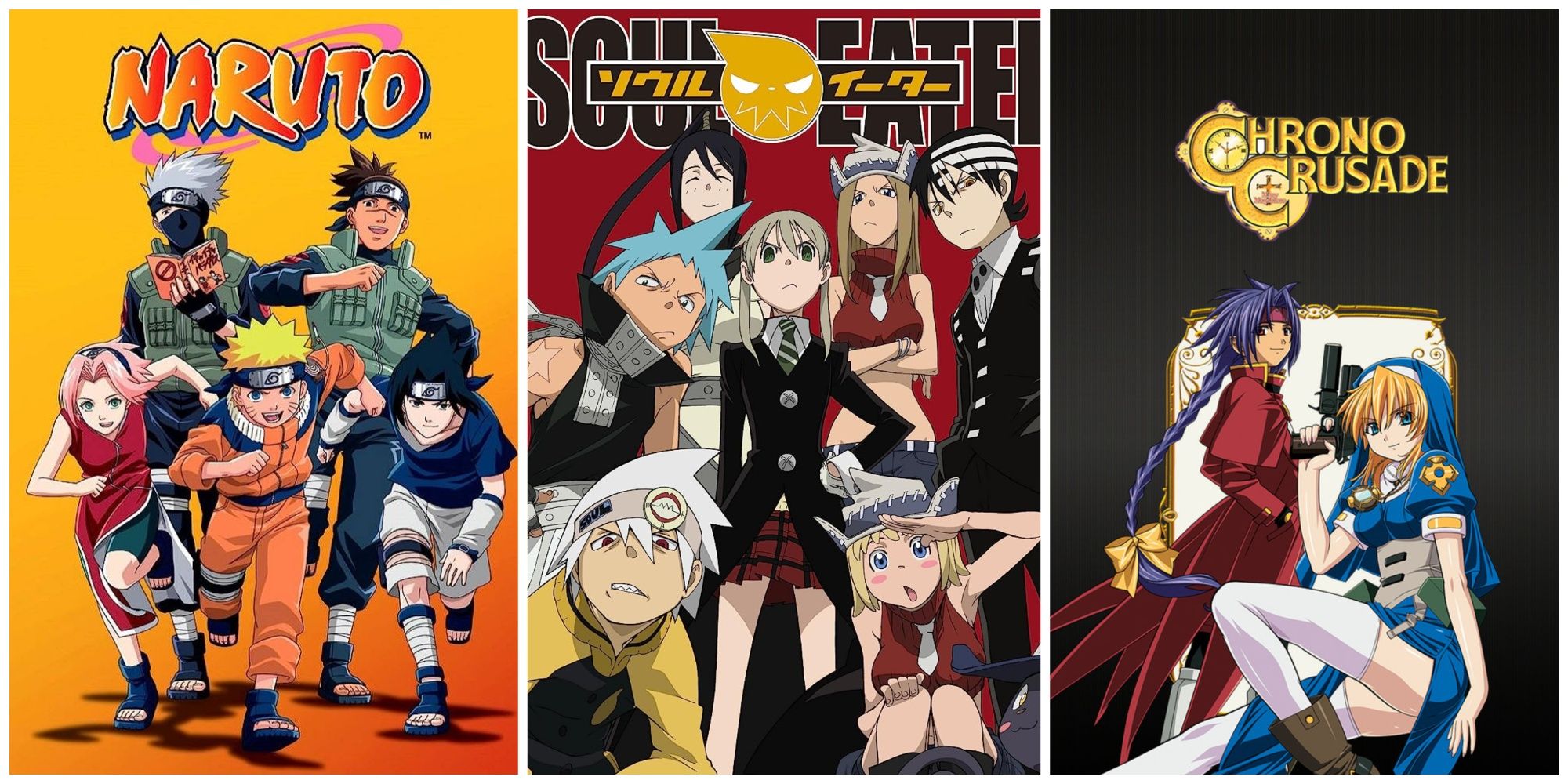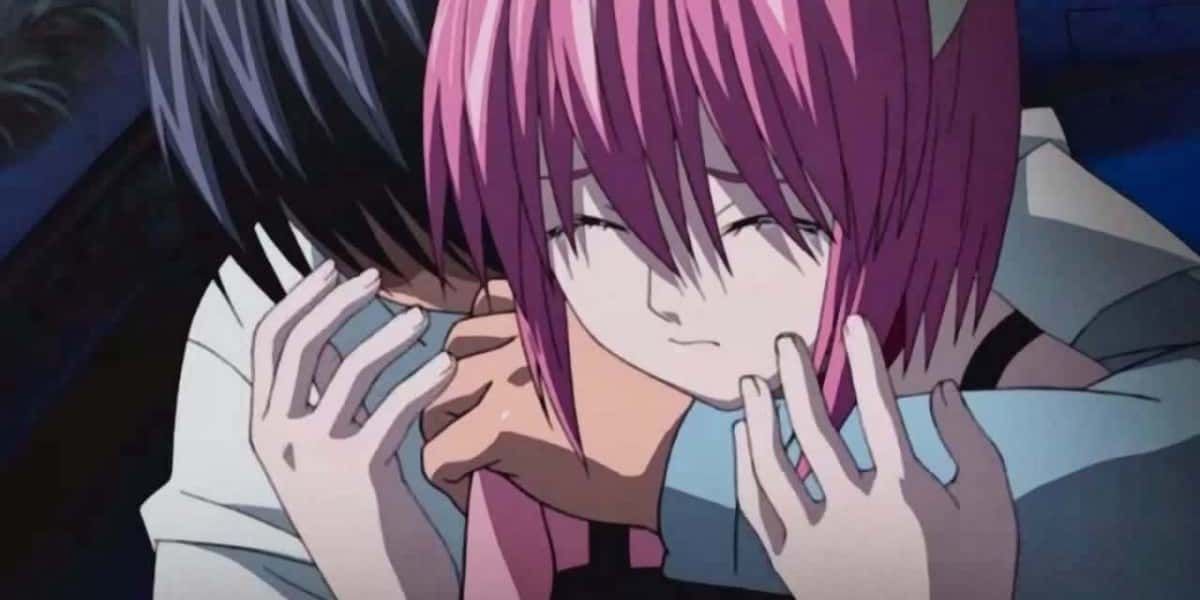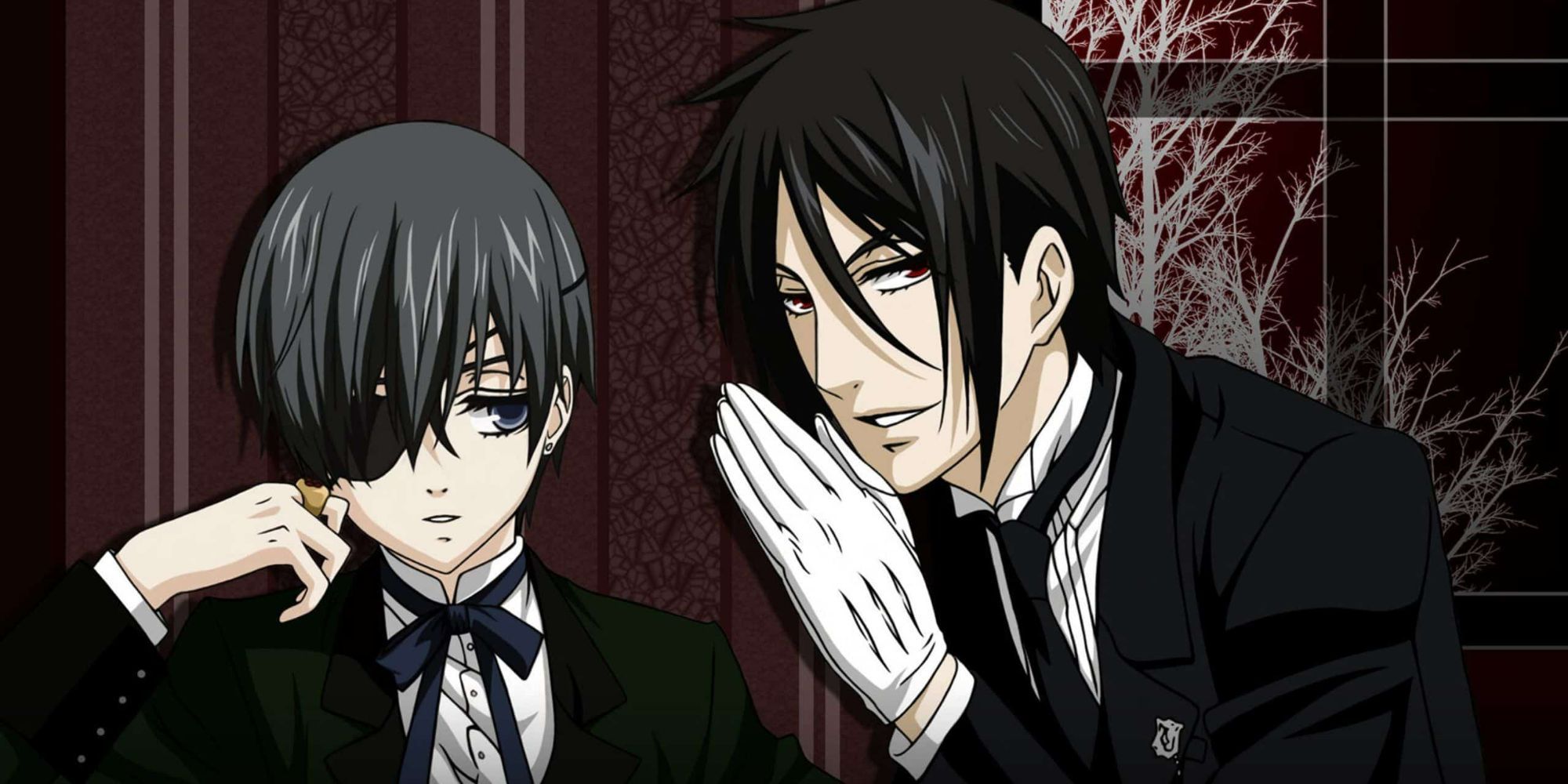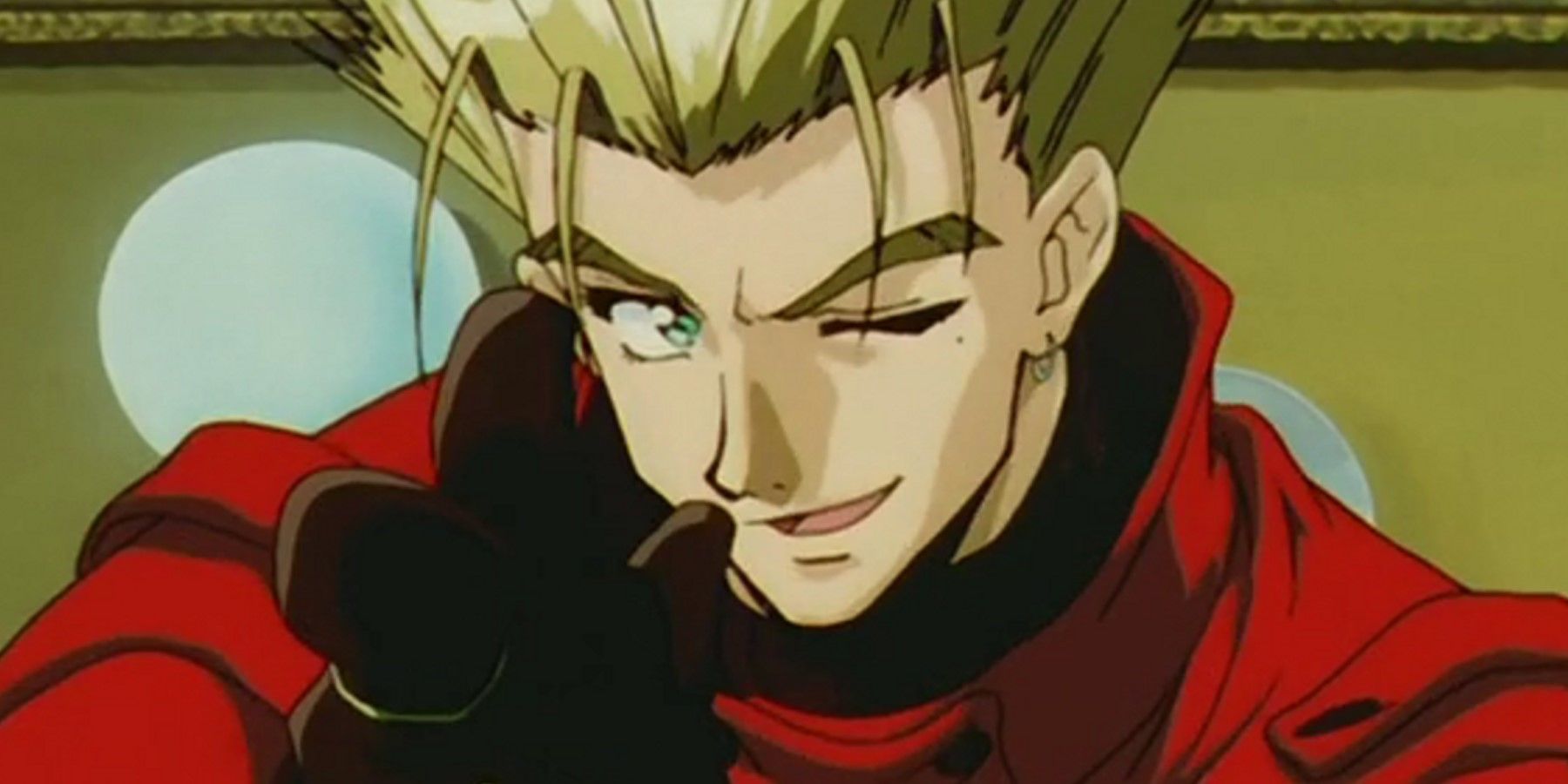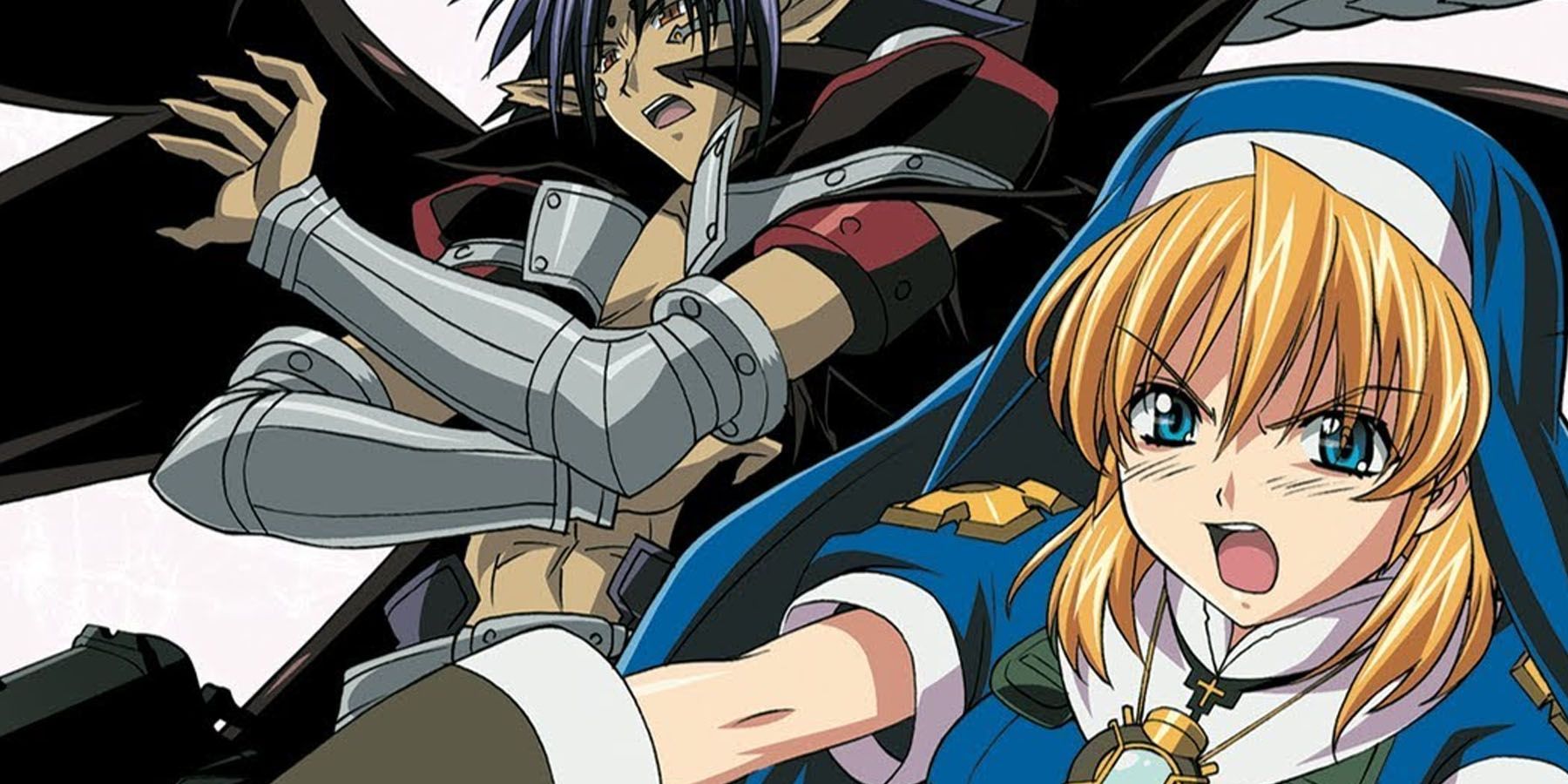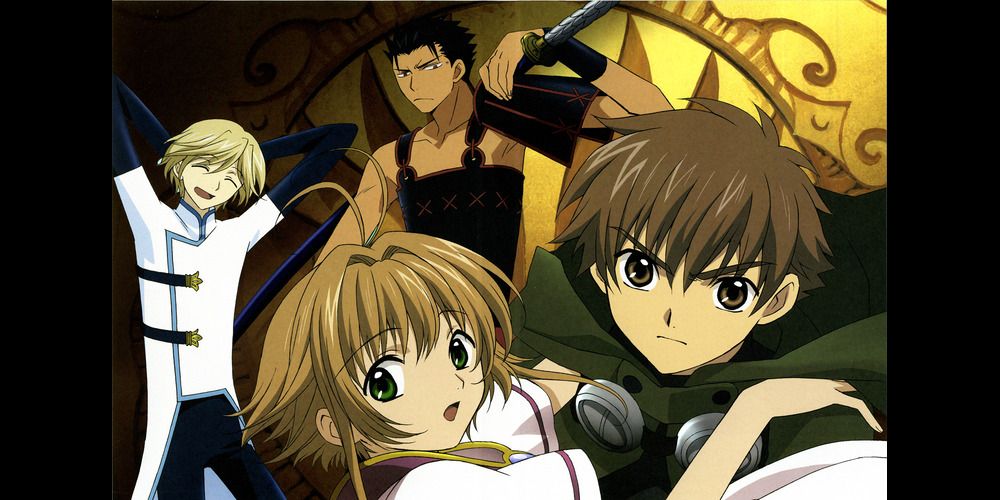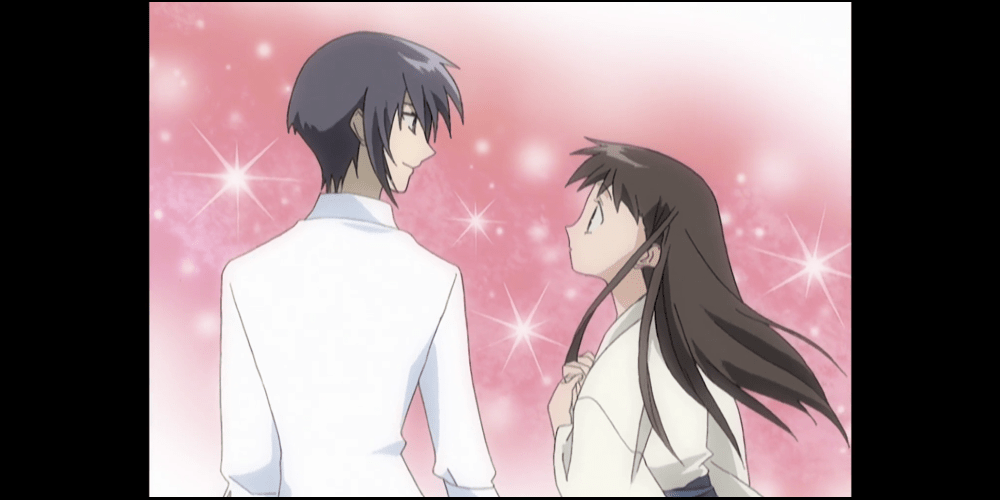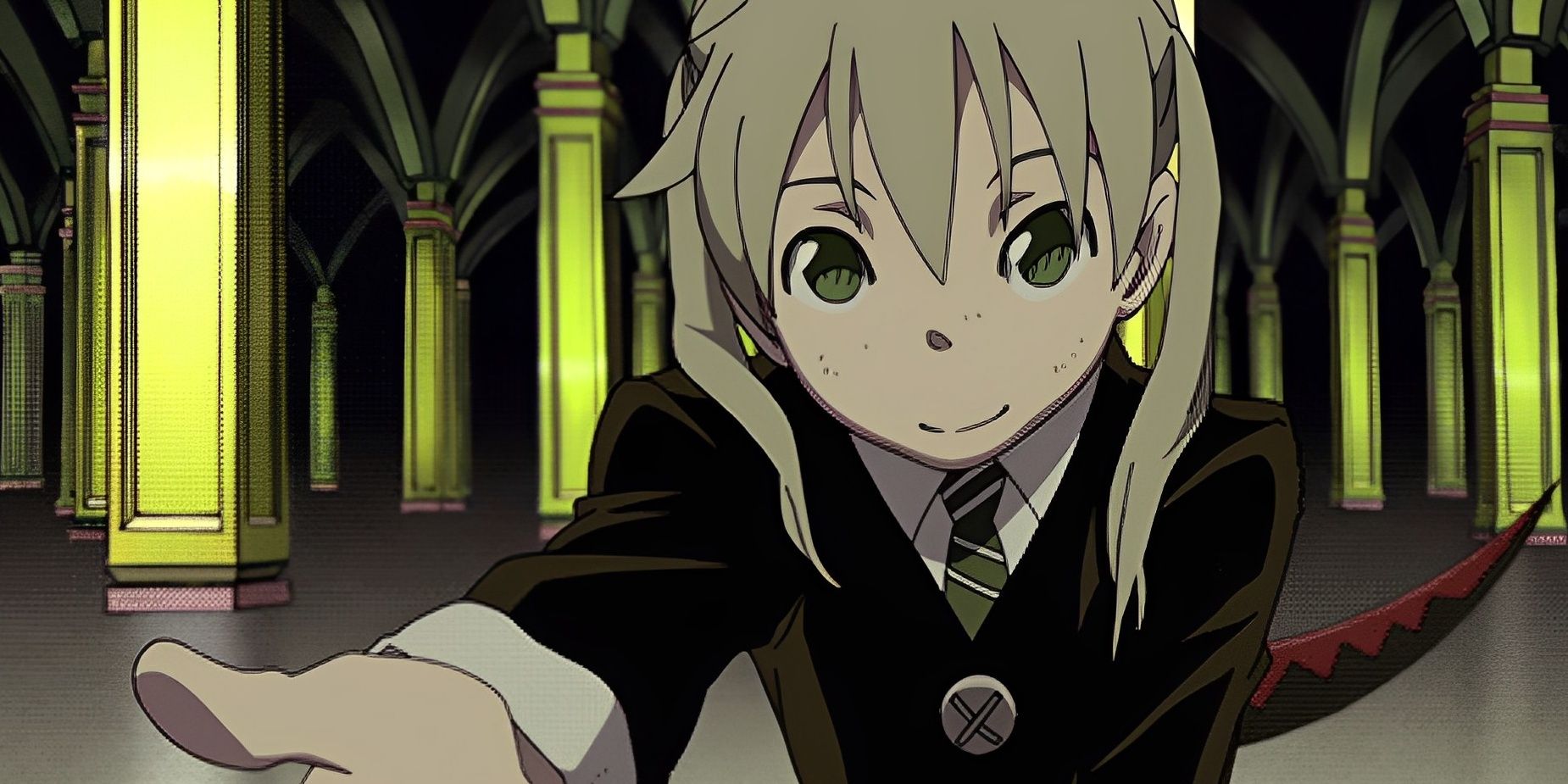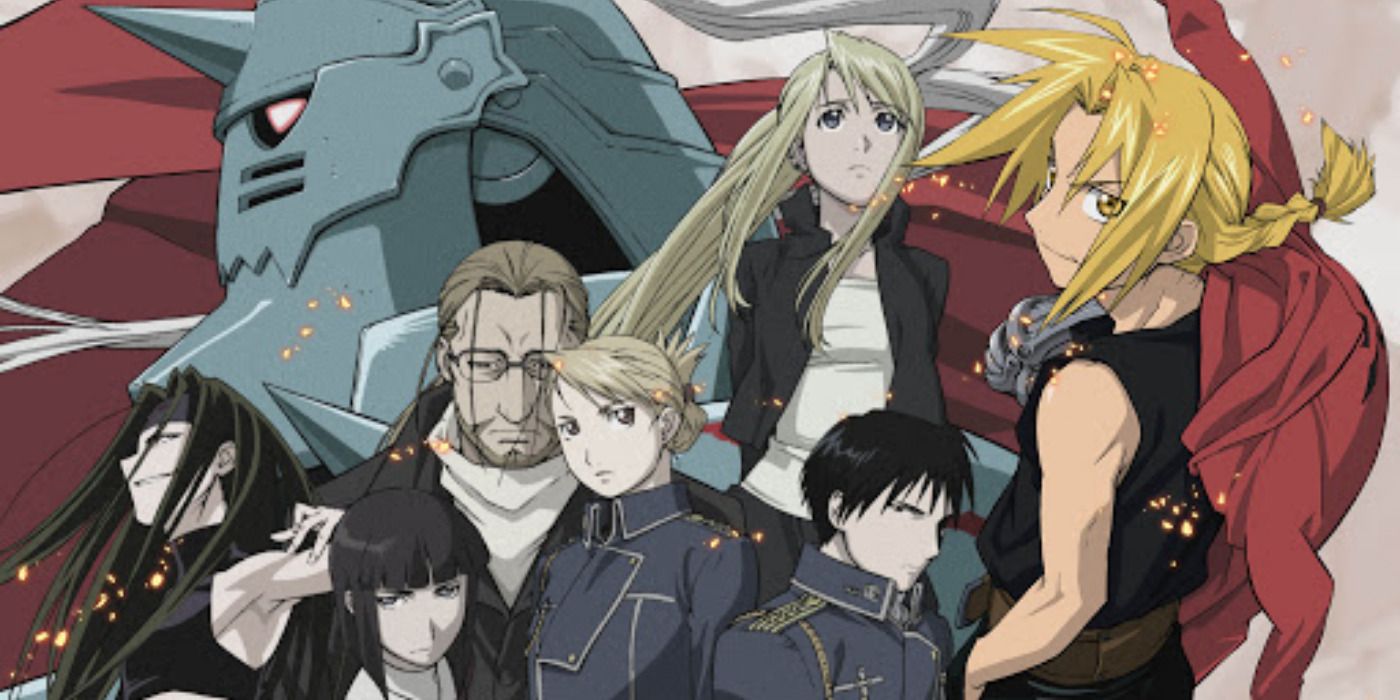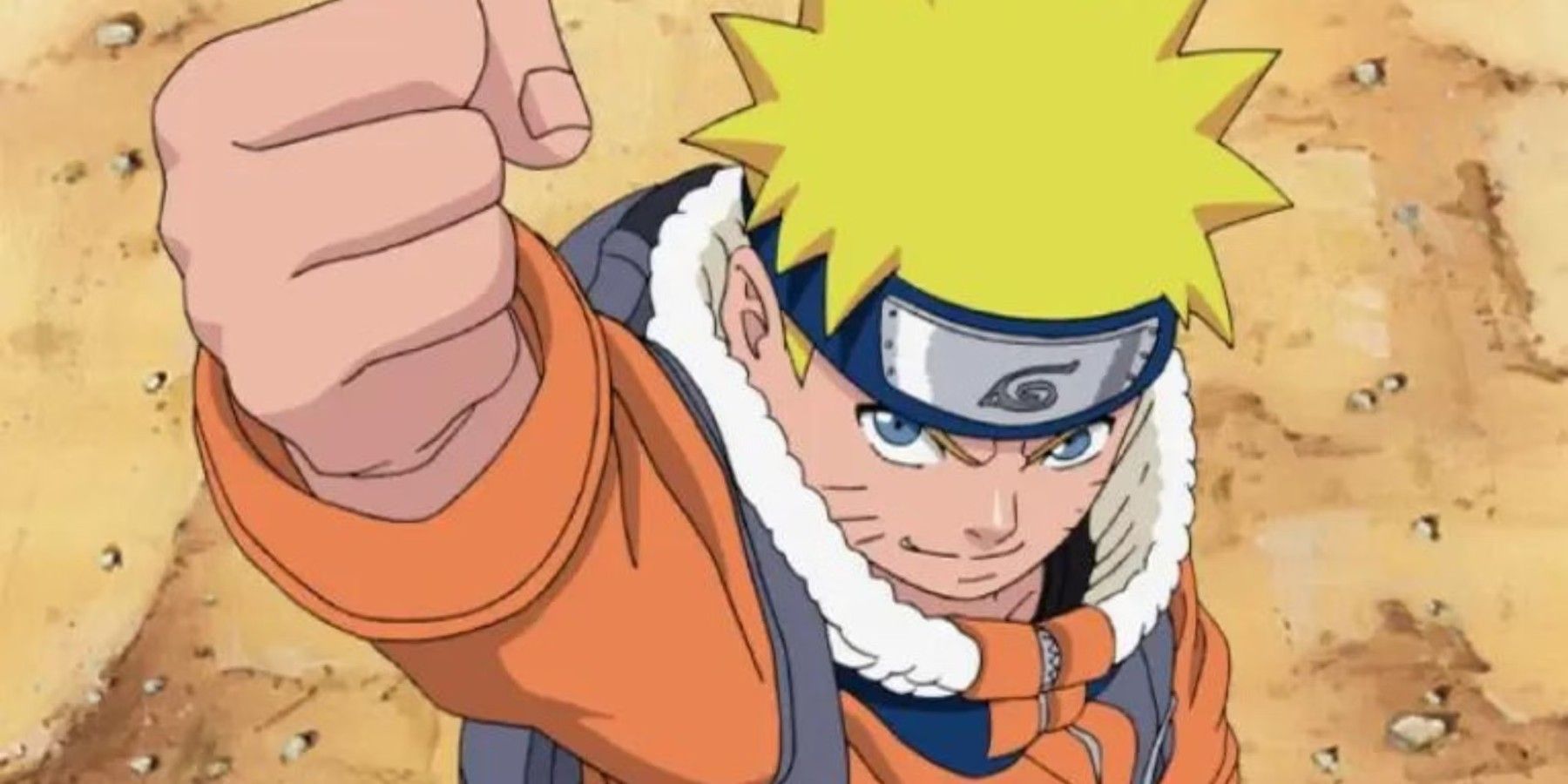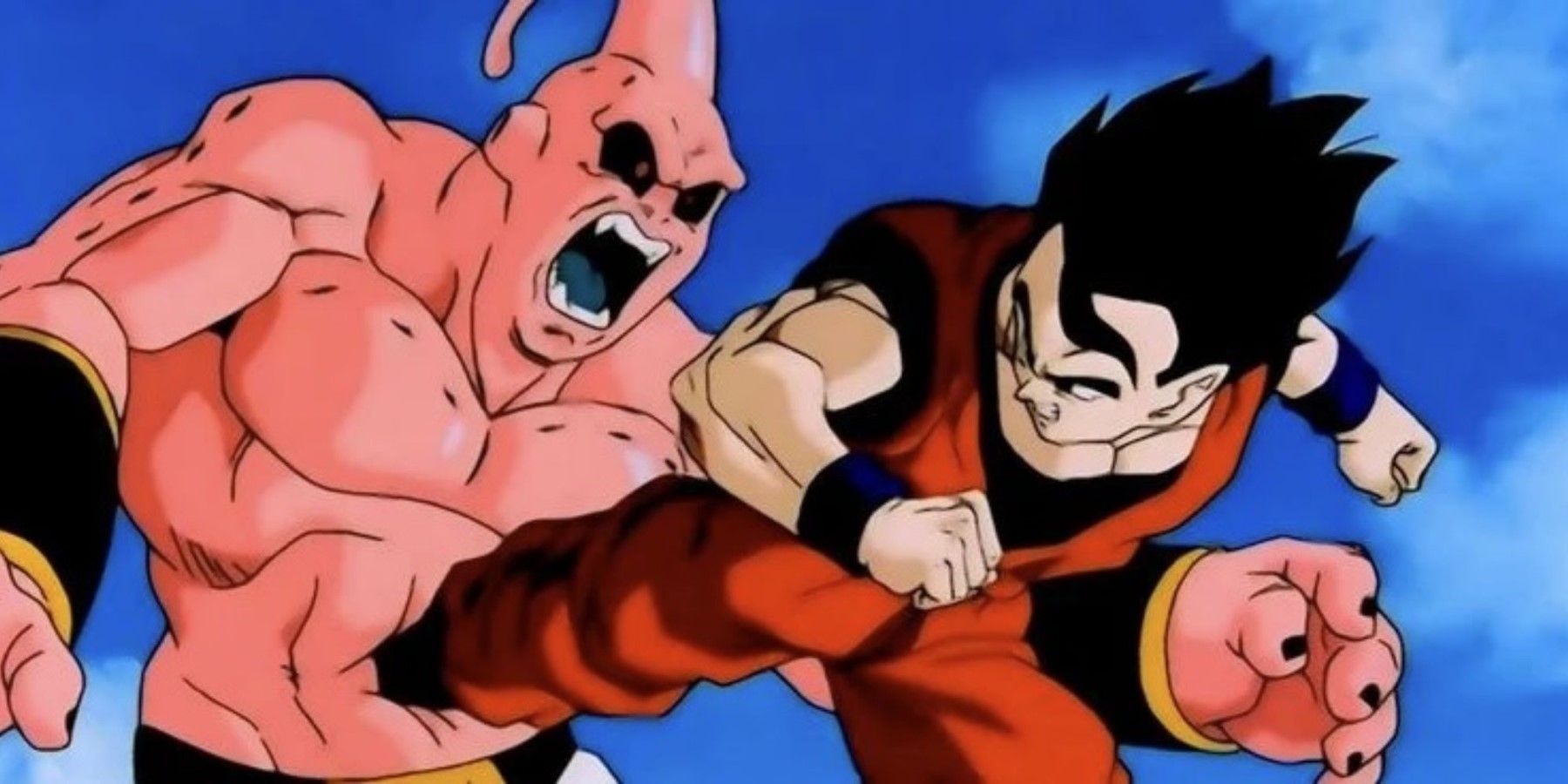Highlights
- Anime adaptations of manga often face the challenge of catching up to the ongoing source material, resulting in fillers, divergences, or awkward endings.
- Examples like Elfen Lied and Black Butler show how studios had to condense or change the original storyline due to budget constraints or creative decisions.
- Fans are often divided between the anime and manga versions, with some preferring the faithful adaptations while others find enjoyment in the unique perspectives offered by the anime.
Most anime adaptations of a manga try to be as faithful as possible, but in the past and even now, producers would catch up to an ongoing series too quickly and run out of source material to adapt. The production of a popular manga's anime adaptation often starts well before the story even reaches its midway point, so producers have to compensate by adding filler, padding, ending the series at an awkward spot, or diverging from the original storyline entirely.
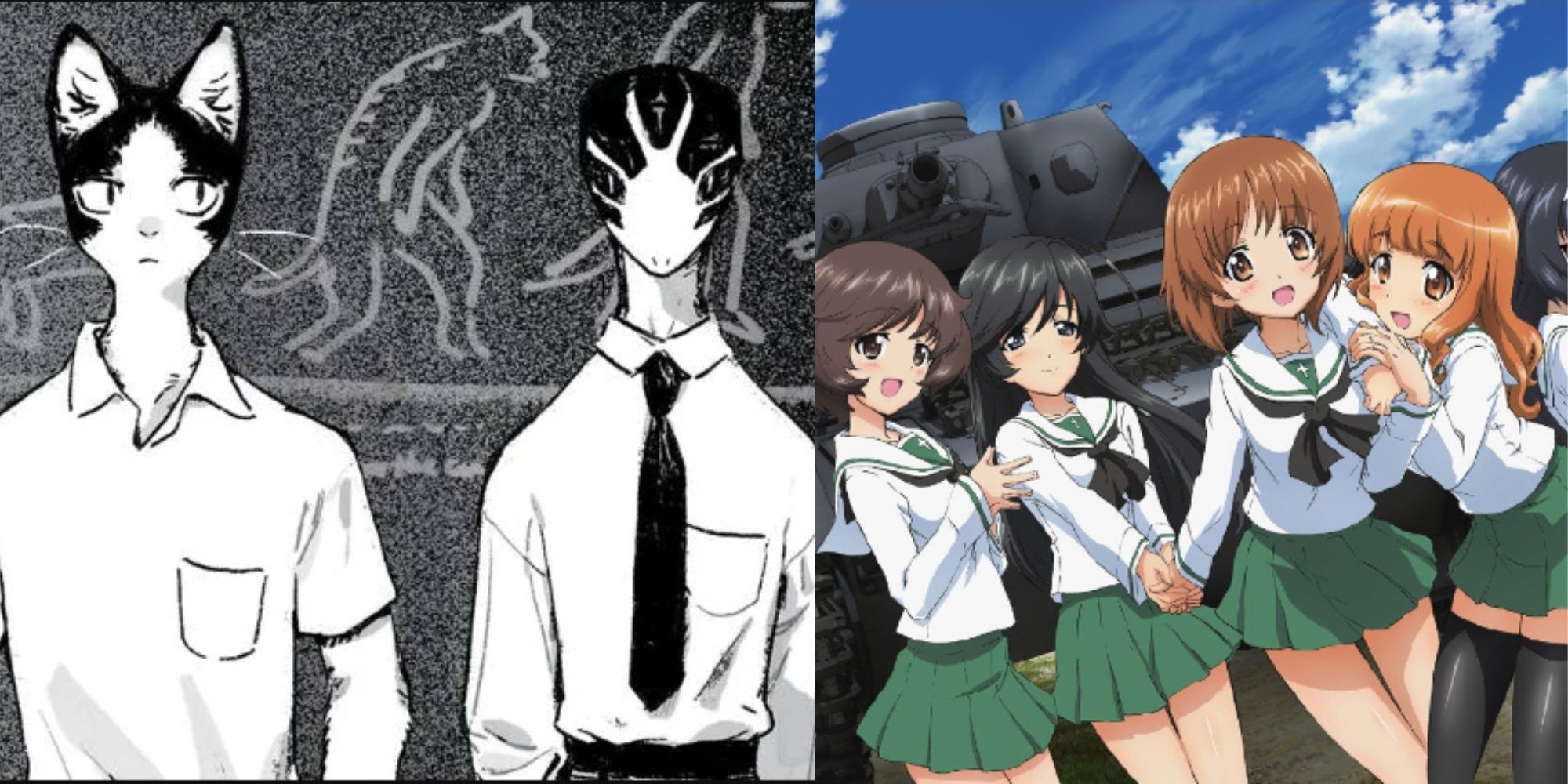
10 Unusual Manga Genres That Are Not That Common In Anime
Despite the proper exploration of these manga genres, they are uncommon in the anime medium,
This is becoming less of a problem with newer anime since they've adopted the Western 'seasons' model, but it persists. This is just a sample of the shows that bypassed their ongoing source material and dealt with the issue in different ways with mixed audience reactions.
10 Elfen Lied
Manga Release Date | June 6, 2002 |
Anime Release Date | July 25, 2004 |
Studio | ARMS |
The anime for Lynn Okamoto's incredibly edgy manga series ended before the manga finished its serialization. Due to a lack of funds, studio ARMS was forced to condense the 113-chapter series into just 13 episodes. Predictably, the anime ends very differently than the manga, leaving things on an ambiguous note, especially regarding the fates of Lucy and the Research Institute's General Director Kurama.
An official English translation of the manga was released by Dark Horse in 2019, a full fifteen years after the anime, meaning international fans had to wait quite a long time to get the full story about Lucy and the Diclonii.
9 Black Butler
Manga Release Date | September 16, 2006 |
Anime Release Date | October 2, 2008 |
Studio | A1 Pictures |
The first nine episodes of the original Black Butler anime were directly adapted from the manga but the rest of the first season and the entirety of the second is completely original. The first season of the anime covered only the first two arcs, namely the Red Butler arc and the Indian Butler arc.
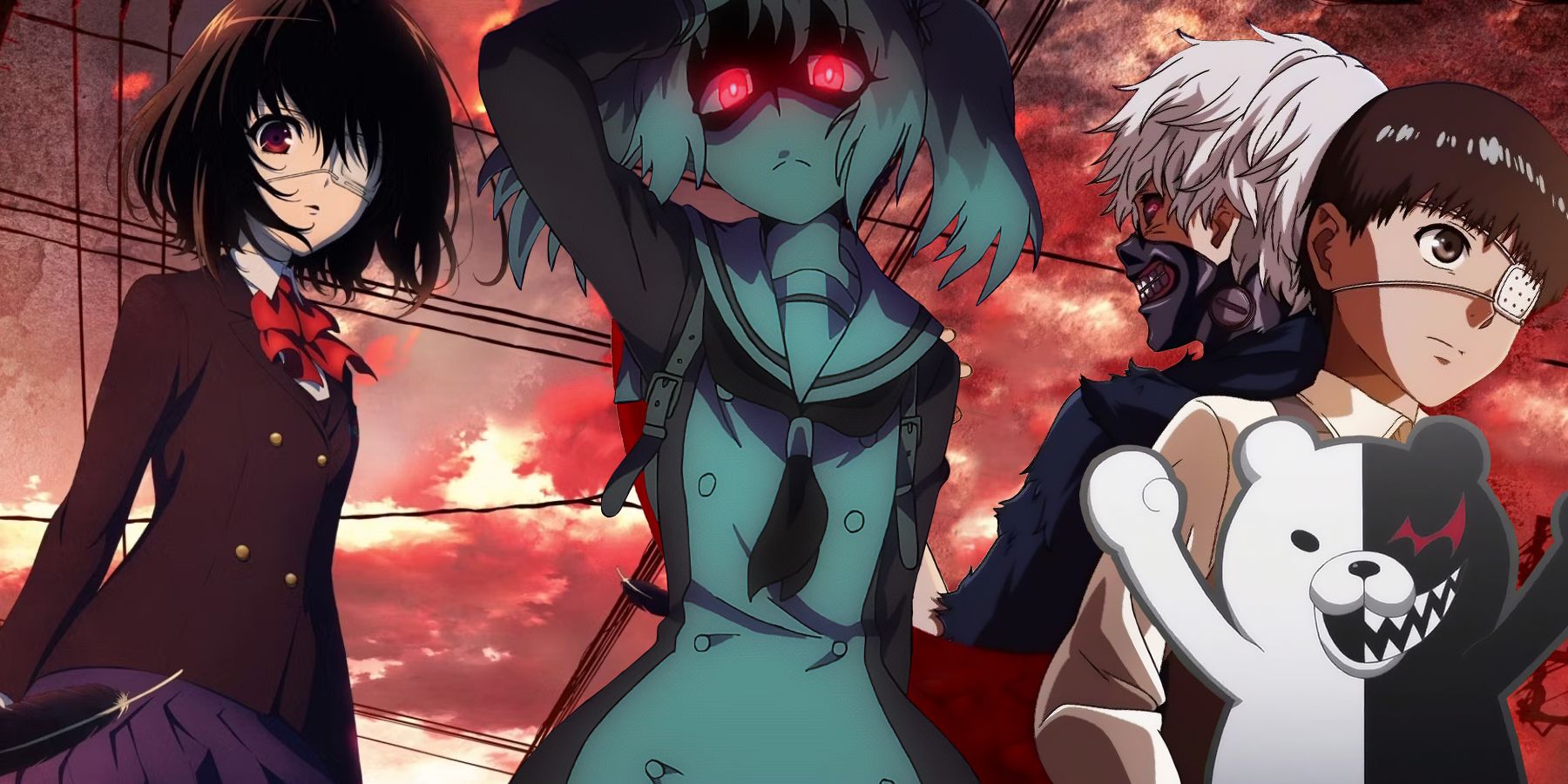
The 24 Best Anime About Serial Killers
Some of anime's darkest stories also feature serial killers who are so well-crafted that they can make viewers shiver with a single look.
Despite some changes from the source material, namely the personalities of Elizabeth Midford, Undertaker, and Grelle Sutcliffe, season 1 was well-received and gained a dedicated fanbase. Season 2, on the other hand, had a less-than-positive reception. Luckily for the fans, Black Butler: Book of Circus, Black Butler: Book of Murder, and Black Butler: Book of Atlantic were a lot truer to the text.
8 Trigun
Manga Release Date | April 22, 1995 |
Anime Release Date | April 1, 1998 |
Studio | Madhouse |
The Trigun anime does closely follow the manga for the most part, except the original series was canceled unexpectedly because the magazine that had been publishing it shut down. Creator Yasuhiro Nightow had to continue the series in another magazine under a different name, Trigun Maximum.
Madhouse had begun production on the anime by the time the third volume of the original manga came out, so needless to say, it quickly caught up with the source material and had a different ending. Trigun Maximum would continue running for 9 years after the anime ended, so fans of the show may want to pick the manga up if they want more in-depth lore and character development.
7 Chrono Crusade
Manga Release Date | December 9, 1998 |
Anime Release Date | November 25, 2003 |
Studio | Gonzo |
The anime and manga for Daisuke Moriyama's Chrono Crusade ended around the same time, but as Moriyama wasn't really involved with the anime's production, it went in a very different direction during the final arc, particularly regarding some characters' personalities, the religious symbolism, and the climax, as expected.
As a result, the anime and manga are viewed as two separate entities, approaching the same themes from two completely different perspectives. Opinions on which one is better are split, to say the least, among the fanbase.
6 Tsubasa: Reservoir Chronicle
Manga Release Date | May 21, 2003 |
Anime Release Date | April 9, 2005 |
Studio | Bee Train |
Creators CLAMP and many fans were very disappointed with how Bee Train handled the anime adaptation of Tsubasa: Reservoir Chronicle, so much so that CLAMP ended up severing ties with the studio and handing over the rights to Production I.G to make a more faithful adaptation in OVA form.
Not only did Bee Train's adaptation add a ton of filler arcs, but those arcs ended up breaking many rules of the CLAMP-verse, like never bringing the dead back to life, and the final arc was all original. In addition to toning down some of the darker themes and failing to adapt a couple of important arcs, many fans agree that it's best to skip the anime adaptation entirely and just read the manga.
5 Fruits Basket (2001)
Manga Release Date | July 18, 1998 |
Anime Release Date | July 5, 2001 |
Studio | DEEN |
While the first Fruits Basket anime by Studio DEEN was undoubtedly popular and had a lot of fans, mangaka Natsuki Takaya was less than pleased with how it turned out. DEEN just barely avoided overtaking the manga, with the anime stopping neatly at around volume 6 (the manga would go on for 23 volumes total).
As the anime's production started when the series was still ongoing, it had a different take on some characters, particularly the main villain Akito. Fortunately for fans of the beloved shojo series, they were blessed with a truer-to-the-text remake in 2019 by TMS Entertainment that covers the entire plot of the source material.
4 Soul Eater
Manga Release Date | June 24, 2003 |
Anime Release Date | April 7, 2008 |
Studio | Bones |
Fans of this classic shonen anime may be surprised to know the series actually deviated from the source material during its conclusion. The final battle against the 'Kishin Asura' was not present in the manga, which continued serialization until 2013.
People who are curious about the Soul Eater universe may want to check out the anime first, as it's a mostly faithful adaptation with next to no filler arcs. If they enjoyed the anime and want more lore, new characters, arcs, and a more satisfactory ending, the manga is worth reading too.
3 Fullmetal Alchemist (2003)
Manga Release Date | July 12, 2001 |
Anime Release Date | October 4, 2003 |
Studio | Bones |
The original Fullmetal Alchemist anime, which aired in 2003, caught up to the manga's ongoing serialization fairly early, and thus, deviated from the storyline around halfway through and presented its own conclusion to the plot. This resulted in an adaptation that only has superficial similarities to its source material.
Several characters were also altered for the anime, for example, villains like Lust were a lot more sympathetic in the 2003 anime compared to the manga or the more faithful Brotherhood adaptation.
2 Naruto
Manga Release Date | September 21, 1999 |
Anime Release Date | October 3, 2002 |
Studio | Pierrot |
Long-running shonen anime are infamous for their endless filler arcs, and Naruto is no exception. These filler episodes were made to allow a consistent schedule for the anime while producers waited for more material from the manga. Opinions on these breaks from canon vary - some fans liked that their favorite background characters got more screen time, while others preferred to skip the filler arcs entirely.
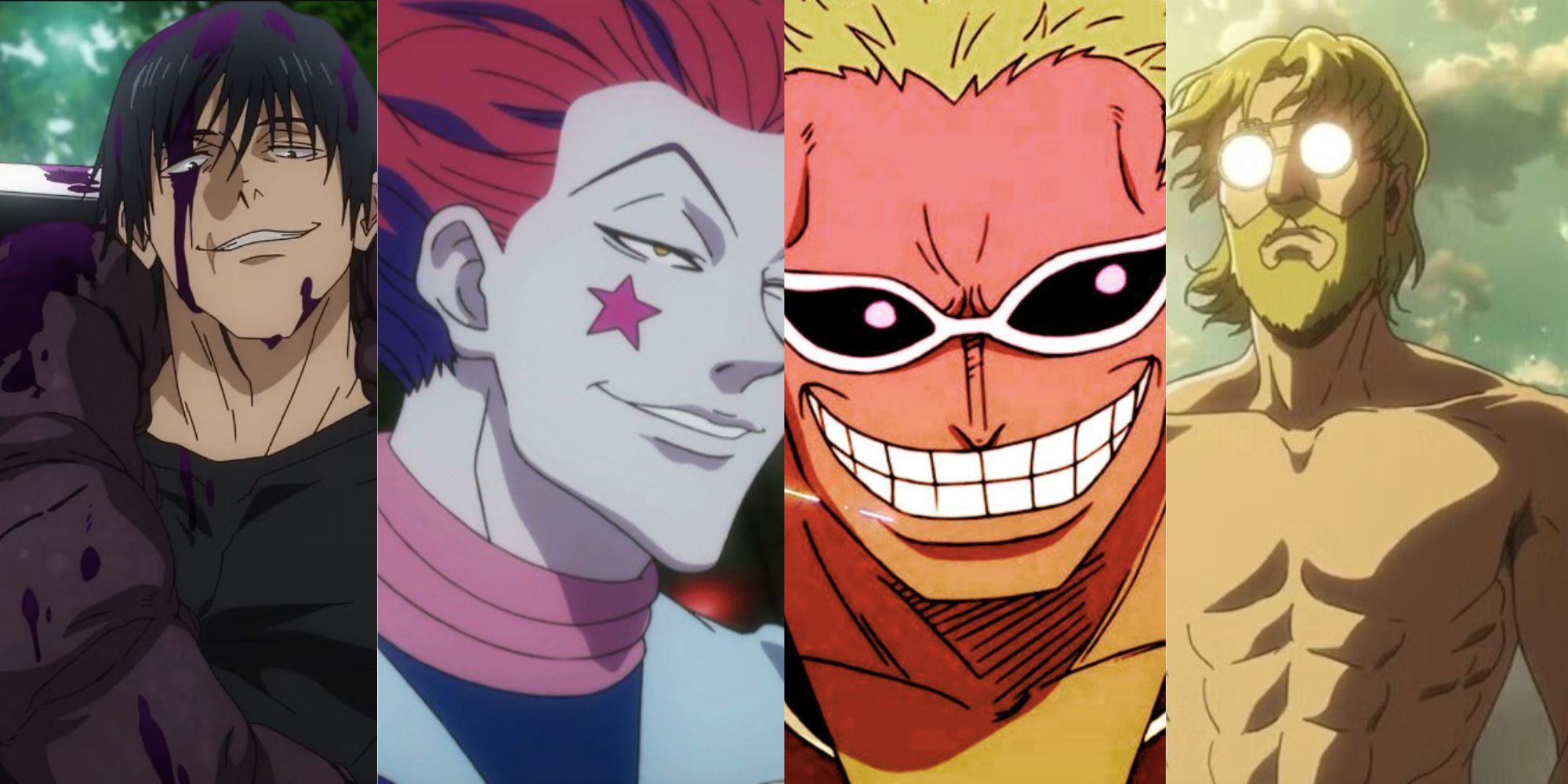
10 Shonen Anime With The Best Villains Galleries, Ranked
Some of the best shonen anime have diverse and compelling villain galleries that hook viewers from the start.
Unfortunately, the series soon ended up with almost 79 straight episodes worth of filler at one point, frustrating many fans. The post-time skip anime, Naruto Shippuden, has tried to avoid this for the most part, but it was definitely still there.
1 Dragon Ball
Manga Release Date | November 20, 1984 |
Anime Release Date | February 26, 1986 |
Studio | Toei Animation |
The filler arcs and '10-episode power-ups' of the Dragon Ball franchise have been memed to oblivion, but it's hardly anything anyone can blame creator Akira Toriyama for. Like Naruto, the fillers were created to allow the production team to air the anime without interruptions.
The fight scene pacing in the Dragon Ball and Dragon Ball Z anime was also slowed down for the same reason, leading the anime to feel unnecessarily lengthy in comparison to the manga. This is why new fans are advised to just go straight for the manga, as it is better-paced with no filler arcs.

